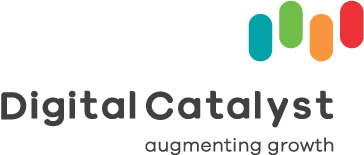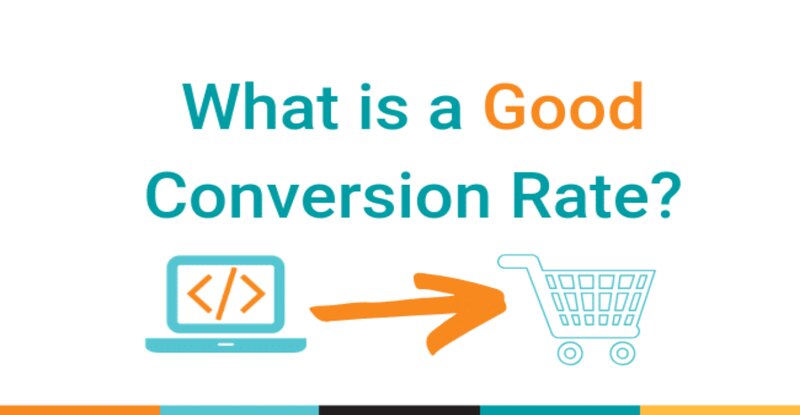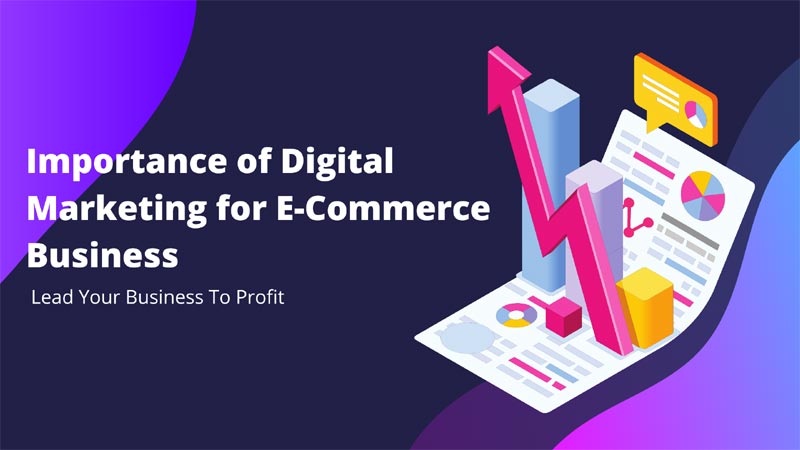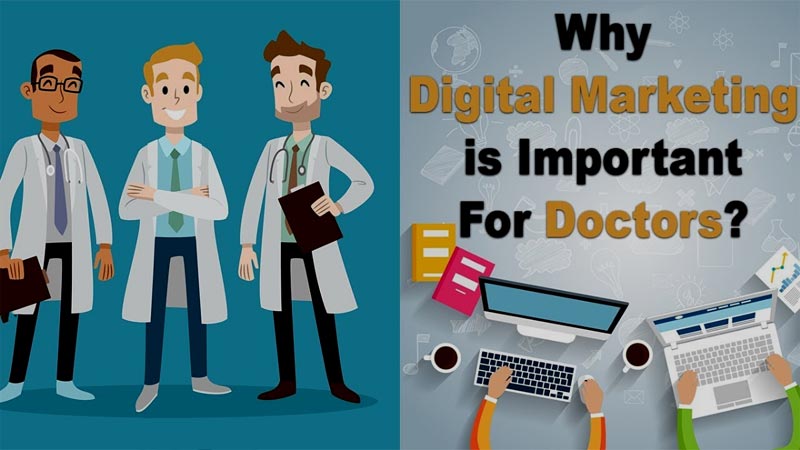Conversion Rate is the percentage of website visitors who take a desired action on the website. The archetypical example of conversion rate is that the percentage of website visitors who buy something on the location.
The conversion rate is the number of conversions divided by the entire number of tourists. For example, if an e-commerce site receives 300 visitors during a month and has 75 sales, the conversion rate would be 75 divided by 300, or 25%.
A conversion can ask any desired action that you simply want the user to require. This can include anything from a click on a button to creating a sale and becoming a customer. Websites and mobile apps often have plenty of conversion goals, and each has its own conversion rate.
Why is Conversion Rate Important?
Tracking conversion rates allows you to live the performance of your sites and apps. Understanding what percentage of your users are completing the goals that drive your business allows you to measure the success of your site or app and identify areas for improvement.
Factors That Affect The Conversion Rate
1. The company’s Pre-Existing Brand Reputation
When people like the brand, the conversion will be higher compared to when people hate the brand, even if everything else were to be held constant.
2. Price
Cheap stuff is easier to sell than expensive stuff; so it’s trivial to increase the conversion rate — have a sale.
3. Sales Complexity
Products that are impulse buys will tend to possess higher conversion rates than complex services that need months of research and therefore the approval of a committee before the contract is signed.
Improving your conversion rate also allows you to urge more sales with an equivalent amount of traffic. If you are spending $1,000 a month on advertising to drive 500 visitors to your site, if you double your conversion rate you essentially double the value of your ad spends. You can then crop on your ad spend and obtain an equivalent benefit as you were getting before, or invest the extra revenue into new ad programs.
How To Improve Your Conversion Rate?
The process of identifying conversion goals, calculating their conversion rates, and optimizing your site or app to enhance conversion rates is understood as conversion rate optimization or CRO. It is done by formulating hypotheses for why visitors aren’t converting and coming up with ideas for improving conversions, then testing those ideas through a process called A/B testing, in which two versions of a page are tested against each other to see which one performs better.
By continually identifying new conversion goals, identifying areas where your conversion rate are often improved, and implementing tests of latest features, you’ll continuously improve the performance of your website or app.
Conversion Rate Optimization in Action
An example of CRO is in a case study from a web analytics company that provides marketing data to enterprises. The company started by setting a conversion goal from their product page (leads generated), determined the conversion rate, then found out an experiment with different ideas for improving the conversion rate of the page.
The hypothesis that they came up with was that they suspected including testimonials on the page would increase visitor trust and lead to more conversions. They also tested a version of the page that included both testimonials and the logos of the companies providing the testimonials.
What’s A Conversion Event?
While conversion rates are discussed most frequently for eCommerce sites, it is a concept that matters to everybody who cares about the worth of design projects.
Conversions do not have to be sales but are often any key performance indicator (KPI) that matters for your business.
- Buying something on an eCommerce site
- Becoming a registered user
- Allowing the site to store the user’s credit card information for easier checkout in the future
- Subscribing (whether paid or free)
- Downloading trial software, a white paper, or some other goodies that presumably will predispose people to progress in the sales funnel
- Requesting more information for a service or B2B product
- Using new or advanced or a certain feature of an app
- Upgrading from one level of a service to a higher level — in this case, the baseline user count would only include those users who are already at the lower service level
- People who didn’t just download a mobile app to their phone, but also used it; or people who keep using the app a week later
- Spending a particular amount of your time on the location or reading a particular number of articles
- Returning to the location quite a particular number of times during the measurement period — during this case, it might make the foremost sense to define the user count as unique visitors
Anything else that can be unambiguously counted by a computer and that you want users to do:
- Lower and lower conversion rates? You must be doing something wrong with the design, even if great advertising campaigns keep driving lots of traffic.
- Higher conversion rates? Now you can praise your designers. (Unless you’re simply running a sale. Of course you can only ascribe improved business value to the design if other factors were unchanged.)
What Measurement Period Should Be Used?
If you want a single answer, then use a month as the period in which you measure the baseline user count and the number of conversion events.
Of course, there’s no single answer to any such question. The real answer is that many different periods will work for different purposes. The key criteria for deciding on the period length are:
The measurement period should be short enough that you simply have time to trace the conversion rate across multiple periods and still make an impression on the business. If you employ a full year because of the measurement period, you’d get very solid numbers.
Digital Catalyst excels in increasing the conversion rate for the business. Reach us now.




